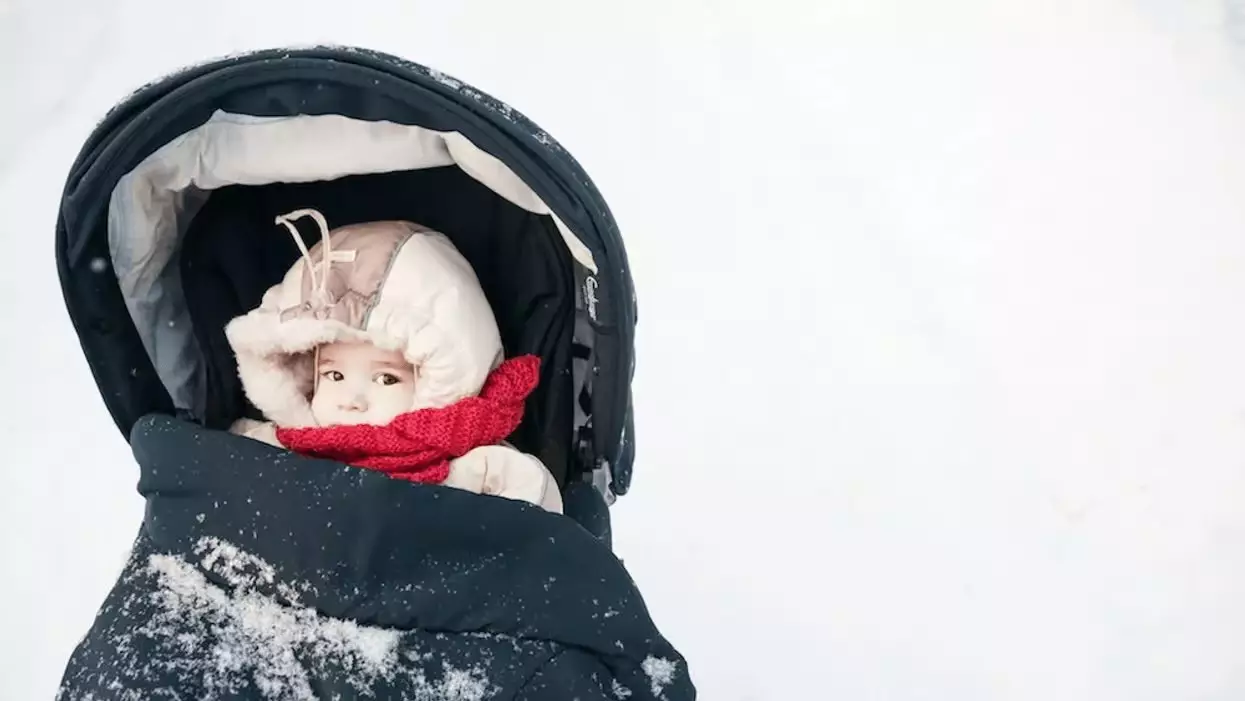The arrival of winter presents unique challenges for parents, especially when it comes to keeping their infants safe and warm. Shorter days and colder temperatures compel families to find ways to stay active indoors and outdoors, but navigating the complexities of outdoor winter activities with an infant can be daunting. This article explores the essential considerations regarding outdoor exposure for infants in frigid conditions, safe dressing techniques, and crucial safety tips to ensure both warmth and well-being.
Newborns and infants are significantly more sensitive to temperature fluctuations than adults, which raises concerns regarding their outdoor exposure during winter. Experts from the American Academy of Pediatrics (AAP) stress that babies’ bodies are less capable of regulating temperature, making them vulnerable to hypothermia—a condition defined by an abnormally low body temperature, typically at or below 95°F. As a parent, it’s essential to be aware of the potential dangers cold weather poses to your little one, especially when temperatures drop below freezing.
Furthermore, very young children tend to have a higher ratio of surface area to their body mass, allowing heat to escape more quickly. Consequently, parents should carefully monitor the weather conditions before venturing outdoors and always prioritize their infant’s comfort and safety over other considerations.
Determining when to head outside with your infant boils down to understanding safe temperature thresholds. Temperatures above freezing can often allow for short periods of outdoor time, provided appropriate clothing measures are taken. However, once temperatures dip below 20°F, it’s advisable to remain indoors whenever possible.
Wind chill can significantly exacerbate the cold, and parents should take into account how low the temperature feels with the wind factor. Even a brief jaunt outside when it feels too cold can lead to discomfort, and the risk of getting too cold quickly surpasses the benefits of fresh air.
Layering is the safest and most effective strategy for dressing infants in winter. The basic rule is to dress your baby in one more layer than what you would wear for comfort in the same conditions. Begin with a base layer, such as a long-sleeve onesie, and add a sweater or fleece jacket, followed by a weather-resistant outer layer like a winter coat. Additionally, hats, mittens, and insulated booties are critical for protecting vulnerable extremities, which are often the first areas to lose warmth.
One important safety measure is to avoid overly thick clothing or bulky winter coats while in a car seat, as these can interfere with the proper fit of the harness. Instead, opt for thin, warm layers and use blankets over the top for added warmth while buckled in.
Parents should maintain vigilance while their infant is outside, looking out for signs of cold stress or hypothermia. The Mayo Clinic highlights symptoms such as shivering (though many young babies may not shiver), unusually low energy levels, confusion, cold skin, or any blueness around the extremities. If you notice any of these signs, it is crucial to seek medical attention immediately or contact a pediatrician.
Additionally, it is vital to ensure that indoor environments provide adequate warmth, ideally maintaining temperatures between 68°F and 72°F. While baby blankets are cozy, they pose dangers when used in cribs due to potential ties to Sudden Infant Death Syndrome (SIDS). Thus, safe alternatives like sleep sacks are recommended for night-time warmth.
A thoughtful approach to preparation can make winter outings with a baby more enjoyable. Parents should create a winter safety kit in the car with essentials such as blankets, snacks, and water, which can be invaluable in emergencies. Furthermore, ensure that the vehicle is well maintained and check the gas levels before setting out.
While the cold can be harsh, parents should remember that babies can still enjoy the outdoors with proper dressing and monitoring. For safe hydration and skin care, using baby-safe lotions to protect against chapping is also a good practice.
Winter does not have to be a season spent merely hibernating indoors. With the right knowledge and preparation, parents can enjoy joyful experiences outdoors with their infants. Winter play can be delightful—with careful observation and the appropriate attire, families can embrace seasonal festivities while protecting their little ones from the chill. So as you bundle up your baby and step into the crisp winter air, remember to stay mindful of temperatures, their layering count, and those subtle signs that indicate they may need to retreat back indoors. Embrace the season, and create lasting, heartwarming memories with your child!

